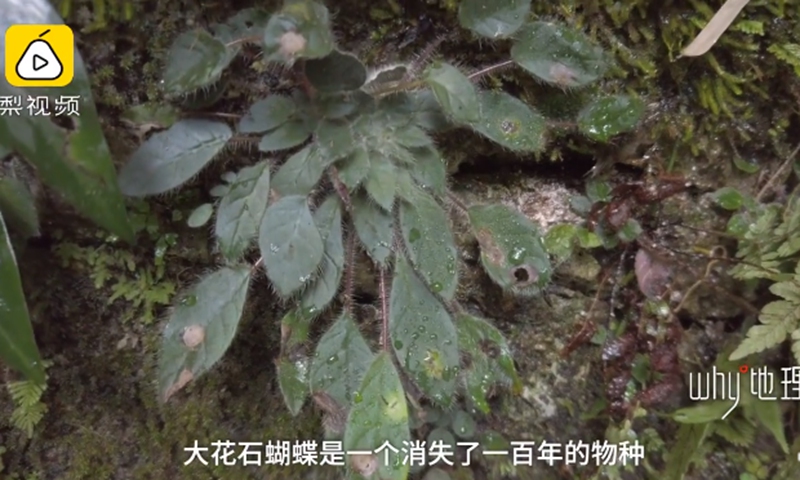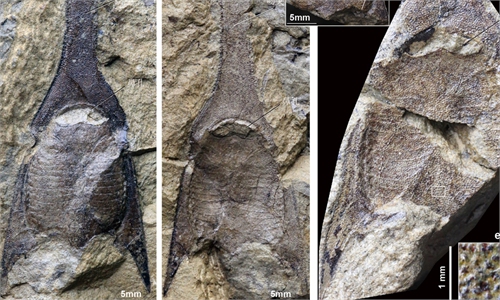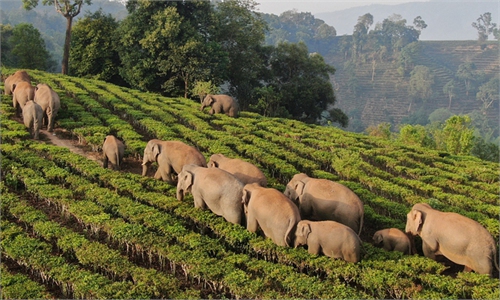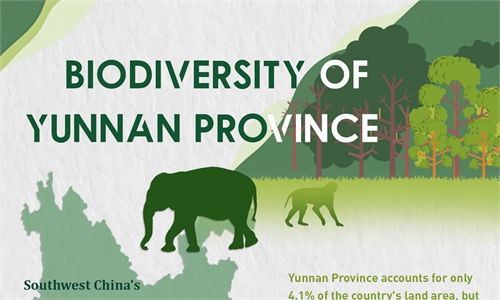
Petrocosmea grandiflora found in Tiankeng, Southwest China’s Yunnan Province Photo: Screenshot of Pear Video
Chinese plant researchers discovered in June a new population of critically endangered species of Petrocosmea grandiflora and Elaeagnus bambusetorum. The finding came after a series of surveys and collection of germplasm resources in Xiaozhai Tiankeng, also known as the Heavenly Pit, near the city of Mengzi, in Southwest China's Yunnan Province.
The results of this survey and collection are quite abundant. The team found a new rare population of Petrocosmea grandiflora on cliffs in Tiankeng.
It is a new species described by a British botanist in 1895 based on the specimens collected by the Northern Irish botanist, William Hancock, in Mengzi, Yunnan Province. The type specimen is now preserved in Royal Botanic Gardens, Kew, in southwest London but has not been publicly available since then.
In the area around Tiankeng, the team also obtained the mature seeds of another species, Elaeagnus bambusetorum, which "disappeared" for 106 years. The type specimen of the plant was collected by Austrian botanist Handel-Mazzetti in Yunnan on March 8, 1915, and is now preserved in the University of Vienna, Austria. Since then, no specimens of the species were recorded and their records were "lost" for 106 years.
Yunnan's biodiversity is of great importance in China and across the world. The province, which only occupies 4.1 percent of China's land area, is not only rich in species, but also has precious genetic resources and complex and diverse ecosystems.
It is recorded that the province includes all kinds of natural ecosystems, from tropical to alpine periglacial desert, covering almost all types of land ecosystems on earth.



